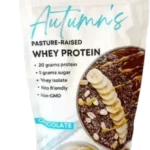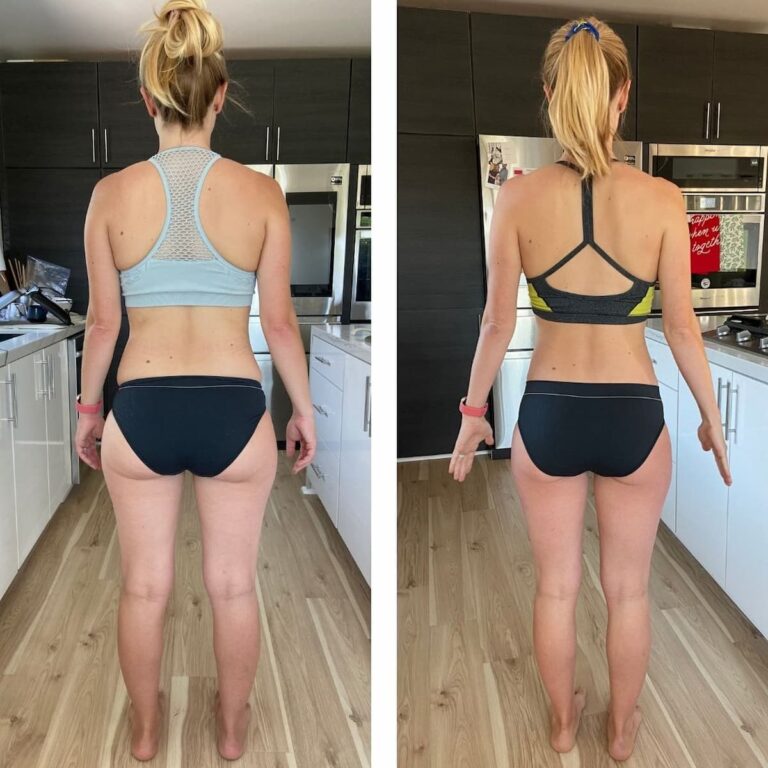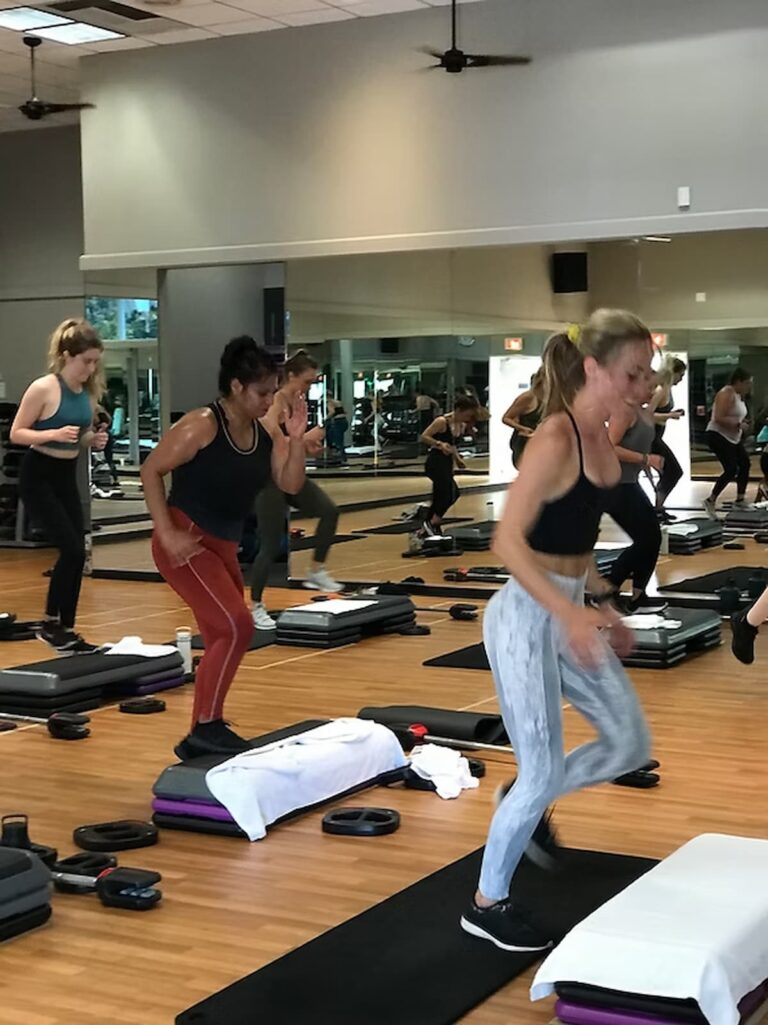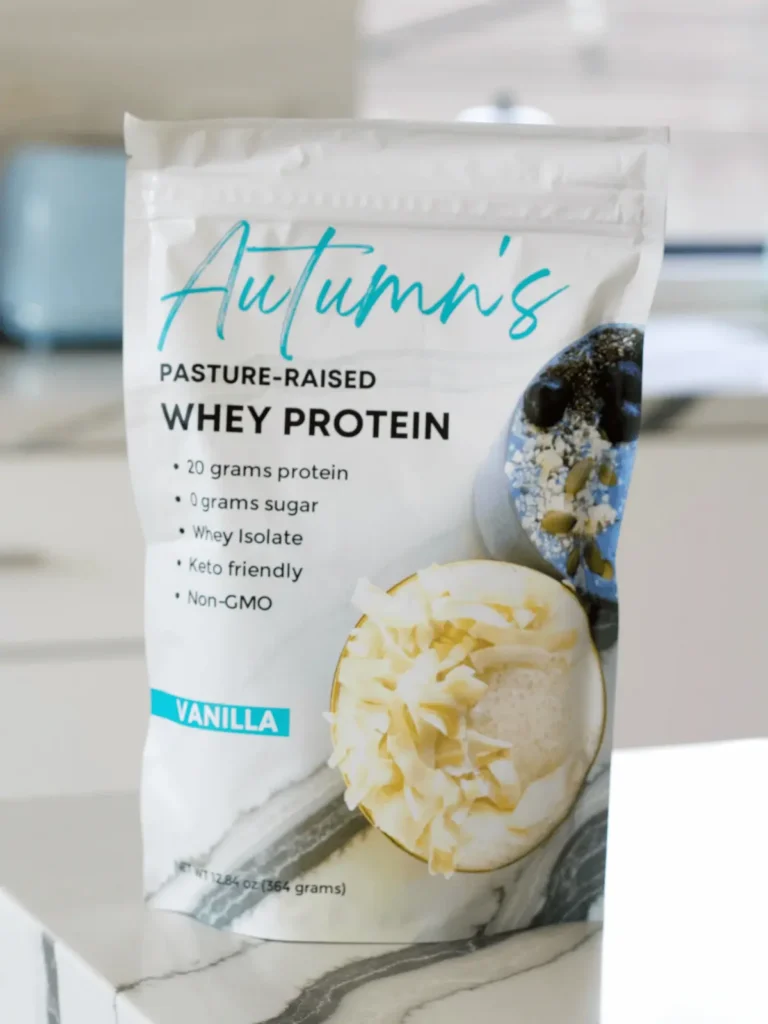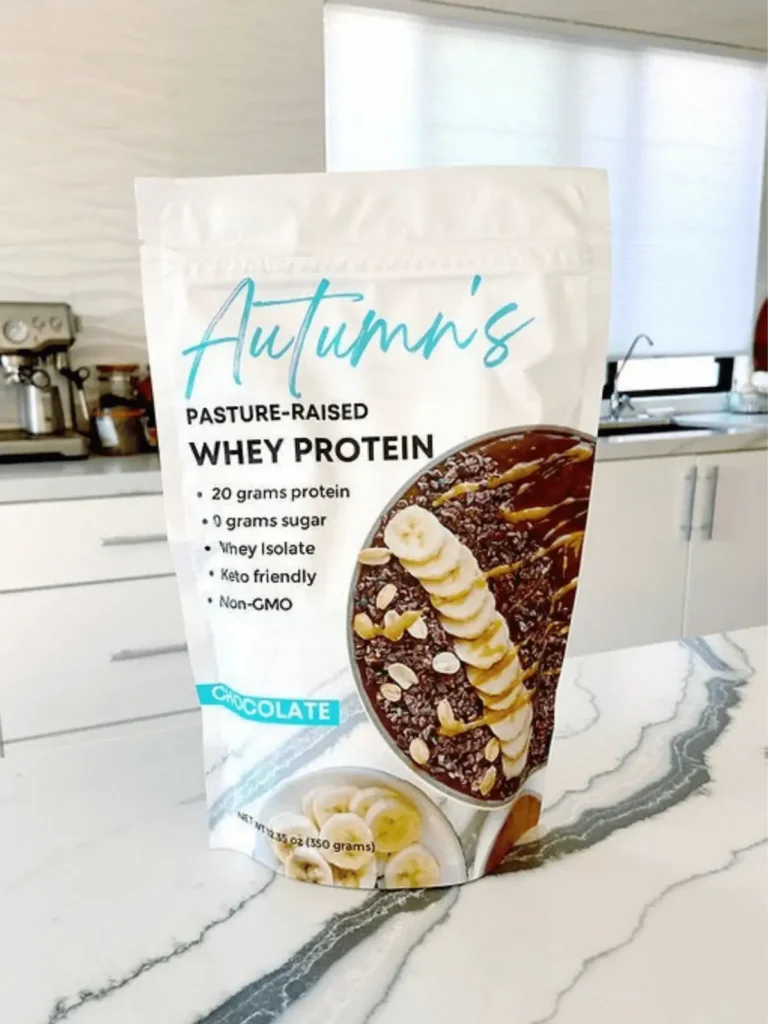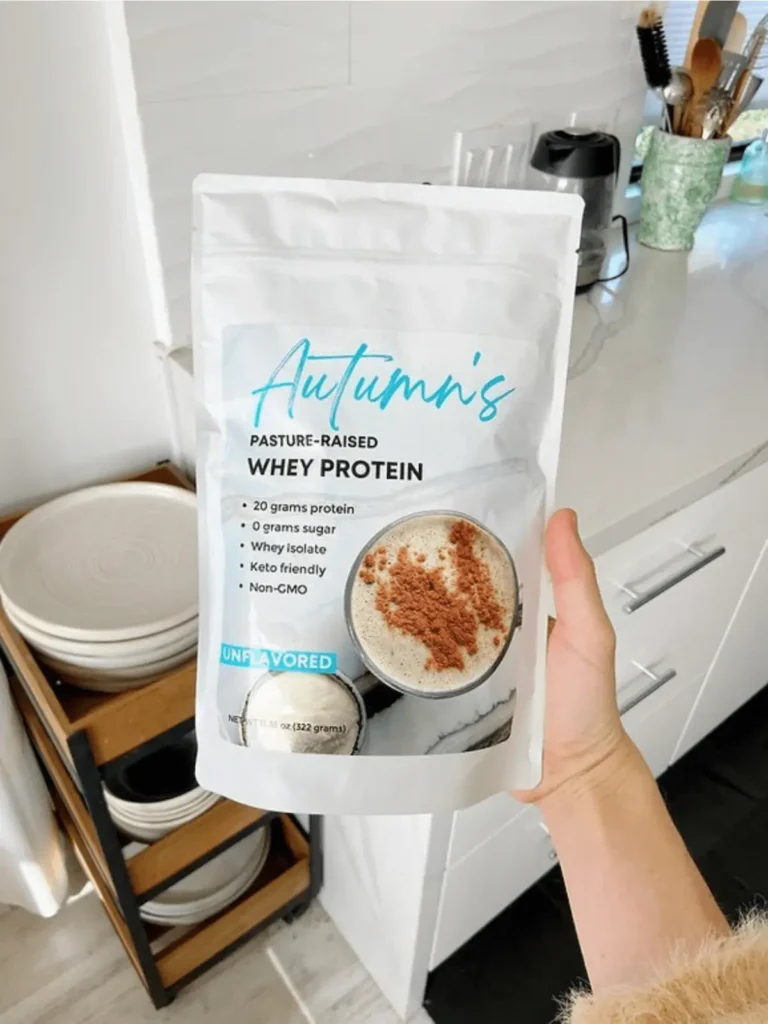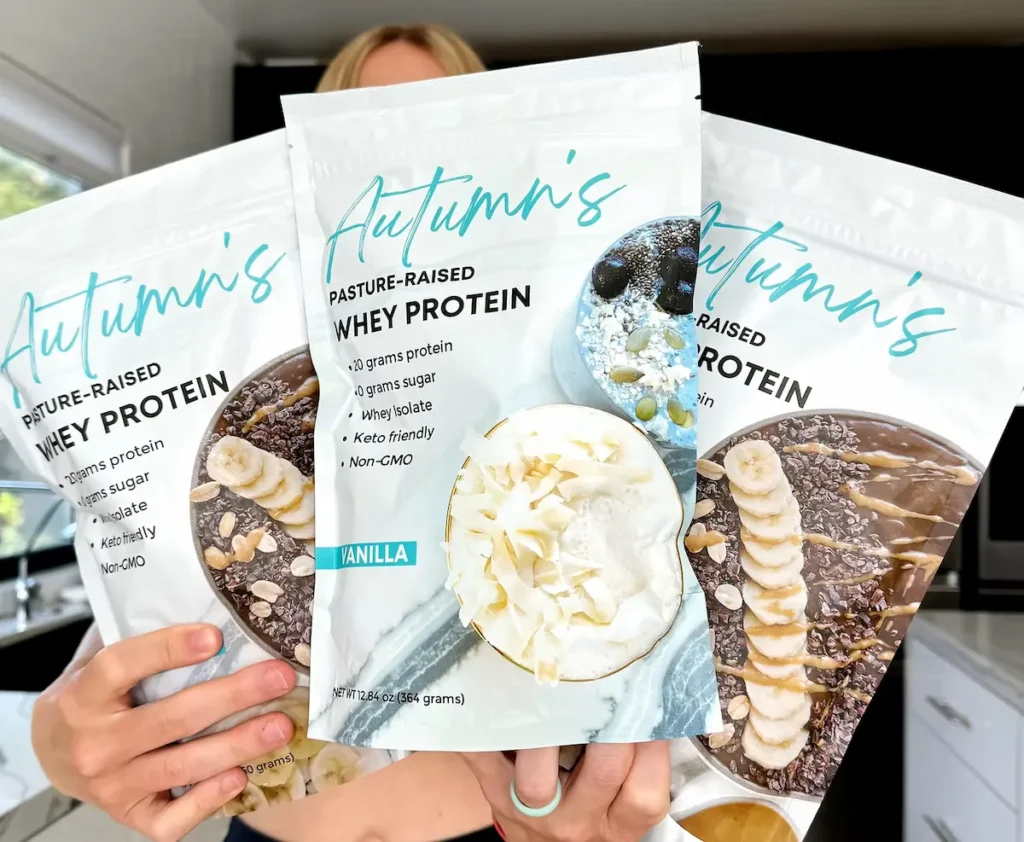These are 5 easy things you can do to lose belly fat with Intermittent Fasting. Pick the right type of fast, when to break a fast and more.

1. Choose The Right Fasting Length
Longer fasts aren’t always better when it comes to achieving a weight loss and fat loss goal. In order to maximize for fat loss, it’s important to balance out the fast with the feast (aka the eating window). Too long of a fast leaves too little time to eat enough nutrients, particularly protein, that’s needed to support a higher metabolism and body recomposition goals. On the other hand, too short of a fast can result in zero Intermittent Fasting benefits.
I’ve found a good sweet spot to balance the fast with the eating window is a fasting length of 14-16 hours per day. However, some people thrive on a 12 hour fast and some people will do fairly well with an 18 hour fast. But the vast majority of people I work with find the most success with a fasting length that ranges from 14-16 hours per day.
Psssst… curious how long YOUR Intermittent Fast should be? Take my FREE Intermittent Fasting Schedule Quiz HERE!
2. Break Your Fast Earlier, Not Later
Recent studies have found that a type of Intermittent Fasting called early time restricted feeding (aka eTRF) can better help the body burn fat as fuel and balance cortisol (the stress hormone) levels.(1,2) High cortisol levels are directly tied to weight gain around the belly, so balancing these levels out is crucial for body recomposition.
Instead of trying to push your fast as late in the day as possible, try breaking your fast a little bit earlier in the day. This means your last meal of the day will also be a bit earlier as well. For example, many people try and push their break-fast to 2pm or later which would result in an eating window of 2pm-10pm. Instead, try shifting this to an earlier window such as 10am-6pm to reap the benefits of eTRF.
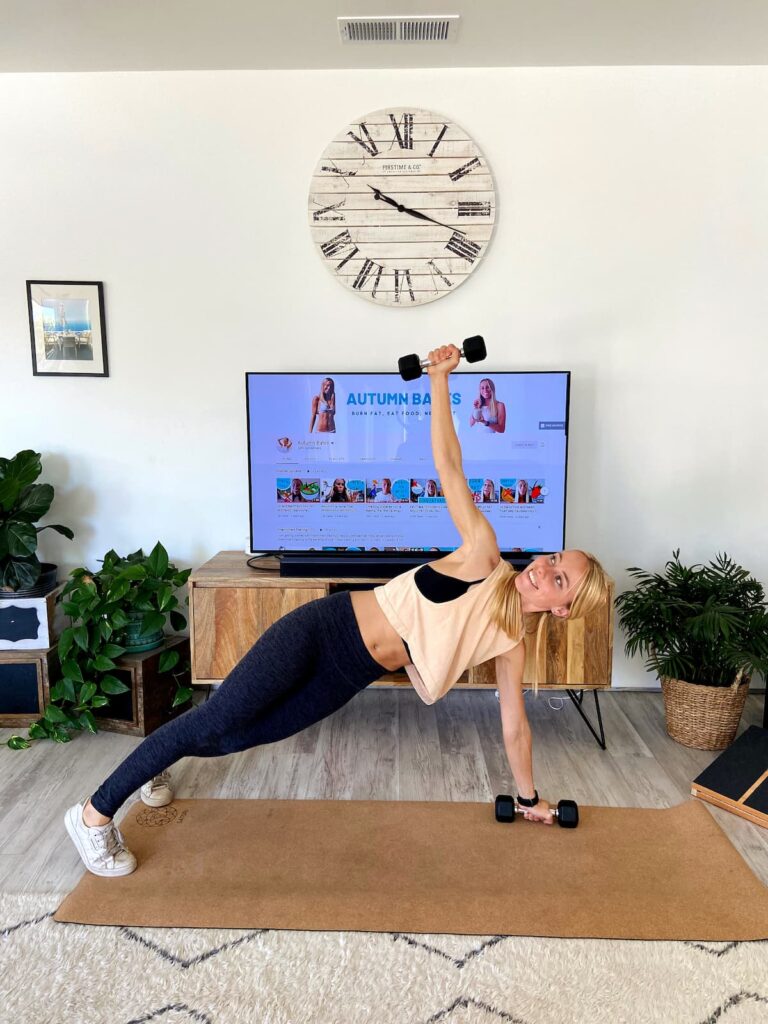
3. Resistance Train 3-5 Times Per Week
When resistance training is paired with Intermittent Fasting, it can be an absolute game changer for breaking through a plateau and achieving a weight loss goal. Just checkout Kristen (pictured above). Kristen had first experienced weight loss by following the 21 Day Intermittent Fasting Program (without resistance training) but hit a plateau. She then decided to add in the resistance training program that’s included in the 21 Day Intermittent Fasting Program and was able to break through her plateau and lose an additional 15 pounds while changing her body composition!
You can find the 21 Day Intermittent Fasting Program with the included resistance training workouts HERE.

4. Break Your Fast With A Protein Smoothie
How you break your fast can make or break your weight loss results. And unfortunately most people aren’t breaking their fast with enough protein to reap the body recomposition perks of protein (this is where you lose body fat while maintaining muscle mass). Breaking your fast with a high protein, low sugar smoothie is a simple and easy way to hit your protein needs with your first meal.
I like to use a combination of greek yogurt or skyr (both of which are very high in protein) with my zero sugar pasture-raised protein powder to help significantly boost the protein level while keeping the sugar content very low.
You can test out one of my favorite protein smoothie recipes using this combination HERE.
Kickstart Your Journey
Shop Autumn’s Whey Protein Powder
Our delish bestselling zero added sugar, gluten & heavy metal tested whey protein powder!
5. Walk For 10 Minutes After Each Meal
Don’t ignore your eating window! Taking a short walk after each meal within your eating window not only adds steps to your day, it also helps to absorb excess sugar from the meal and keep insulin (the storing hormone) from spiking too high. And if you can’t fit a full 10 minutes of walking after each meal, try 5 minutes. Any type of movement after a meal is helpful for balancing blood sugar levels and helping the body to shift back into a state of fat burning faster.
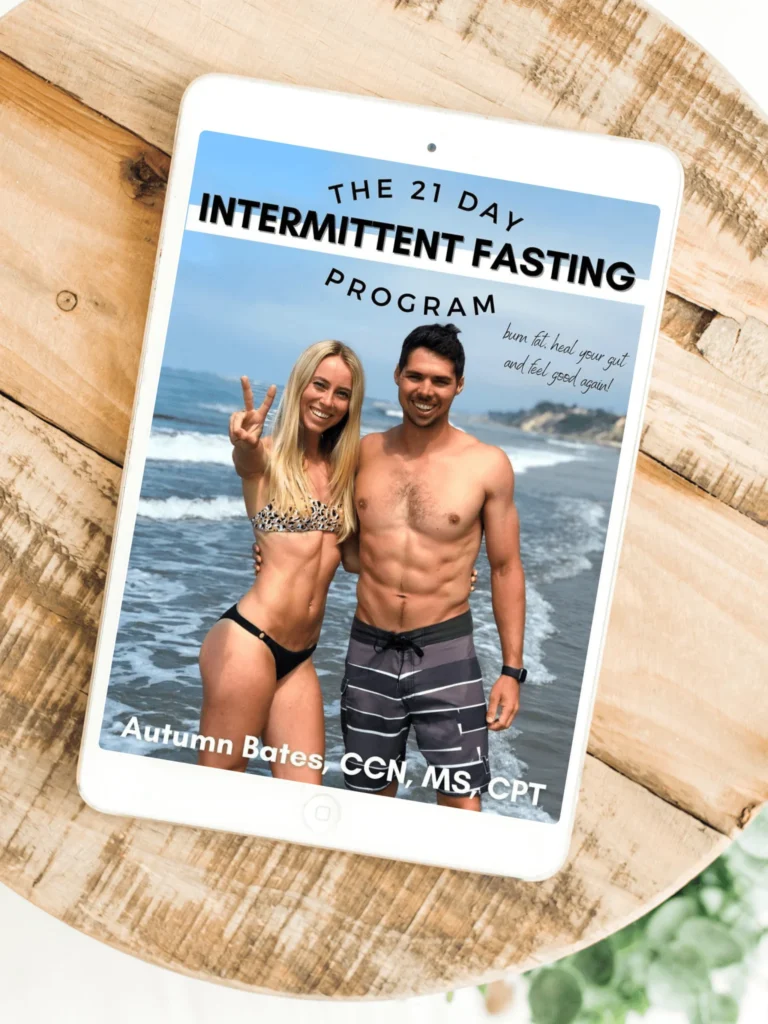
Tap into fat burning
The 21 Day Intermittent Fasting Program
The 21 Day Intermittent Fasting Program provides step-by-step strategies to help you use Intermittent Fasting with delicious, protein-packed meals to support fat loss, reduce hunger, and boost gut health.
